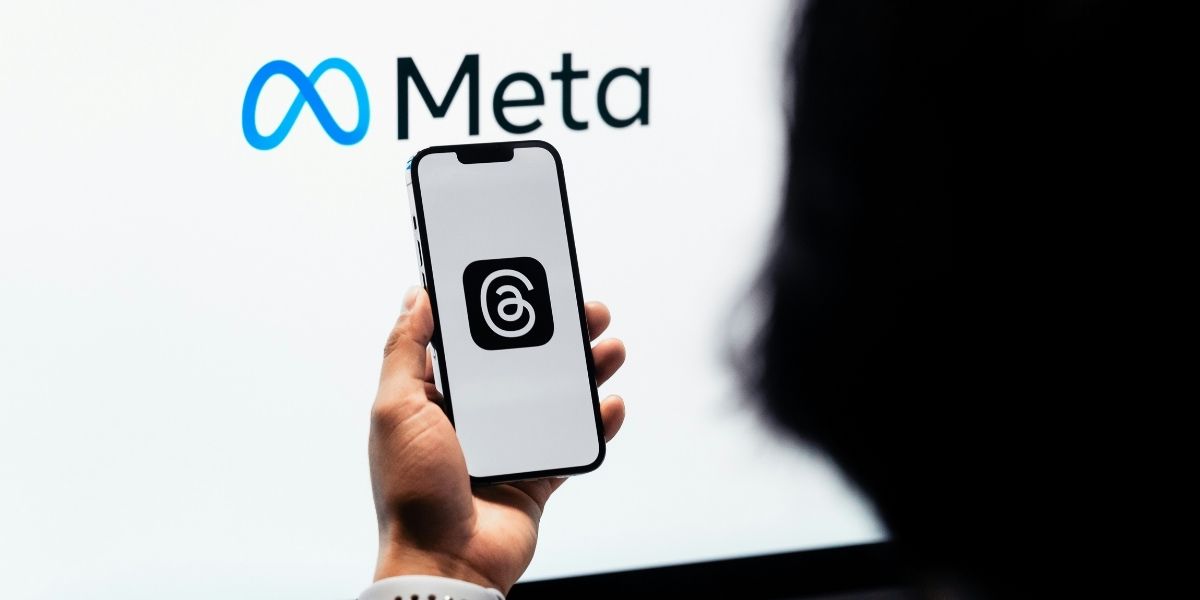By: AK Infinite
In today’s AI-powered search environment, ranking first in traditional search isn’t always enough—you need visibility across multiple answer engines, ensuring your brand surfaces in new, evolving channels driven by AI responses. That’s why a growing number of brands are exploring a shift in media dollars and strategic resources toward a new edge in search: Generative Engine Optimization (GEO).
Rather than replacing SEO, GEO acts as a complementary layer, quickly emerging as a valuable lever for competitive brands aiming to stay ahead of rivals, particularly as buyer journeys increasingly begin with AI-driven answers rather than traditional search results.
“The brands that succeed in this next wave won’t just be searchable—they’ll be cited,” says Robin Emiliani, founder and CEO of Catalyst Marketing. “GEO helps modern marketers regain narrative control. It’s about pursuing intelligent visibility as a core strategy.”
GEO: What It Is and Why It Matters
GEO focuses on optimizing content to be cited, surfaced, and prioritized by AI-driven platforms like ChatGPT, Perplexity, Microsoft Copilot, and Google’s AI Overviews. As users shift toward asking complex, conversational questions—receiving summarized answers instead of links—the brands featured in those responses often gain more than visibility: they build credibility.
This shift isn’t just speculative. It’s already influencing digital strategies for forward-thinking marketers.
As Christina Adame, a digital marketing analyst and contributor to Search Engine Land, notes, “GEO encourages content that’s high-quality, contextually relevant, and easy for AI to process—improving the likelihood of inclusion in AI-generated responses.” And that placement is emerging as a critical battleground for attention.
Gartner predicts organic search traffic could drop by up to 25% by 2026, and research suggests 70% of users tend to rely on generative AI responses. The opportunity stems from the fact that most brands are still adapting to AI integration. Many haven’t fully explored a GEO-driven organic strategy—at least not yet.
Competitor Conquesting, Reimagined
Traditional conquesting strategies—like bidding on competitor keywords or launching comparative ads—remain relevant. But GEO introduces a new dimension: securing authoritative placement in spaces competitors may have overlooked.
“What we’re seeing at Catalyst is that GEO goes beyond visibility—it’s also about intelligence,” Emiliani explains. “It helps identify what competitors address, what they miss, and where the gaps are. Then, we create content that doesn’t just fill those gaps but aims to outrank, out-answer, and outlast.”
Leading brands are using AI tools to monitor generative visibility—tracking mentions, citations, and response patterns across platforms like ChatGPT and Perplexity. They analyze where competitors appear, where they fall short, and where there’s room to intervene.
Then, they take action. They craft content answering questions that competitors skip. They target use cases and verticals that others underestimate. They cite sources, include stats, and prioritize clarity—tactics shown in GEO research to potentially boost AI visibility by 30–40%.*
A More Strategic Approach to Competitive Intelligence
GEO doesn’t just enhance visibility—it provides actionable insights. AI engines are increasingly the first stop for market research, making them a valuable tool for brands.
Marketers can use generative search to audit brand perception, identify messaging gaps, and understand how AI platforms prioritize expertise. What appears (or doesn’t) in these responses can highlight where competitors may be vulnerable.
With the right media strategy, brands can act quickly, meeting buyer intent while redefining what “authority” means in their industry.
Final Thoughts
SEO remains essential, but GEO represents the next phase of competitive advantage.
It’s how modern marketers expand visibility, analyze competitors, and establish a presence where others aren’t yet focused. For Catalyst and its clients, this isn’t just a future possibility—it’s a present-day priority.
“GEO offers our clients a playbook to lead, not just keep up,” Emiliani says. “The most proactive brands aren’t waiting to be discovered. They’re ensuring the machines recognize them.”











